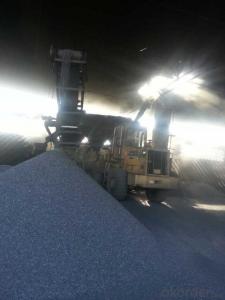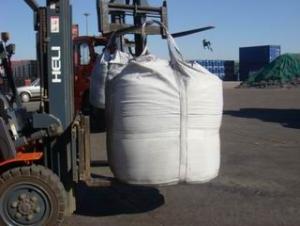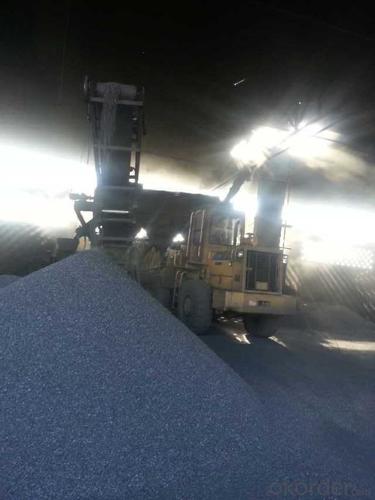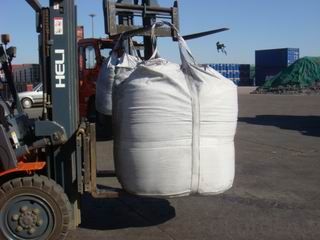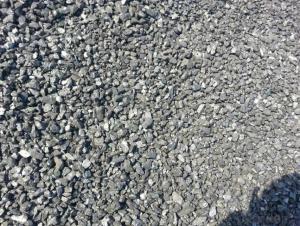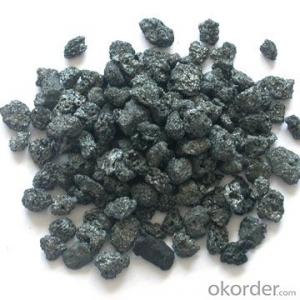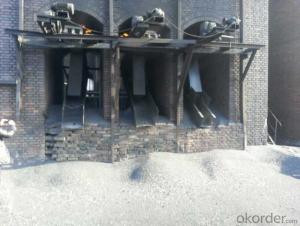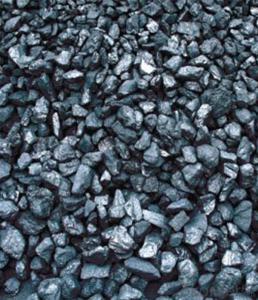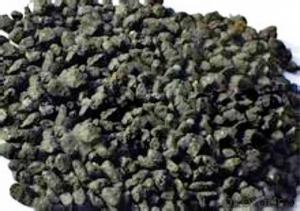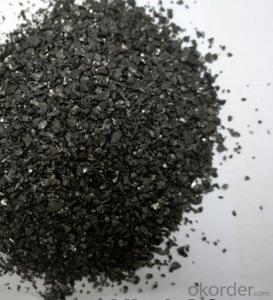FC 95% Carbon additive
- Loading Port:
- China Main Port
- Payment Terms:
- TT OR LC
- Min Order Qty:
- -
- Supply Capability:
- -
OKorder Service Pledge
OKorder Financial Service
You Might Also Like
Specifications
Calcined Anthracite
Fixed carbon: 90%-95%
S: 0.5% max
Size: 0-3. 3-5.3-15 or as request
Calcined Anthracite is produced using the best Anthracite-Taixi Anthracite with low S and P, It is widely used in steel making and casting, Chemical and some other fields.
General Specification of Calcined Anthracite:
PARAMETER UNIT GUARANTEE VALUE | |||||
F.C.% | 95MIN | 94MIN | 93MIN | 92MIN | 90MIN |
ASH % | 4MAX | 5MAX | 6MAX | 7MAX | 8MAX |
V.M.% | 1 MAX | 1MAX | 1.5MAX | 1.5MAX | 1.5MAX |
SULFUR % | 0.5MAX | 0.5MAX | 0.5MAX | 0.5MAX | 0.5MAX |
MOISTURE % | 0.5MAX | 0.5MAX | 0.5MAX | 0.5MAX | 0.5MAX |
Size can be adjusted based on buyer's request.
Pictures of Calcined Anthracite:
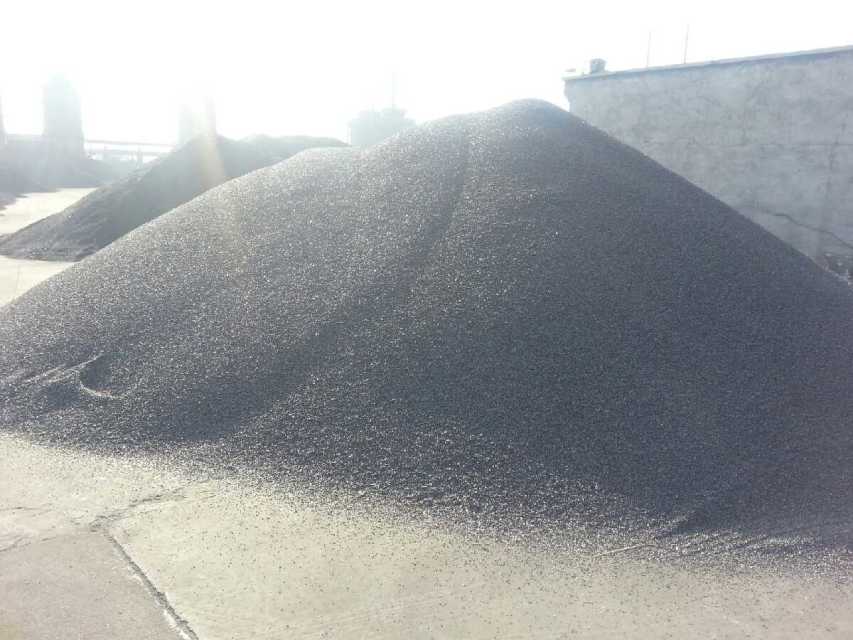
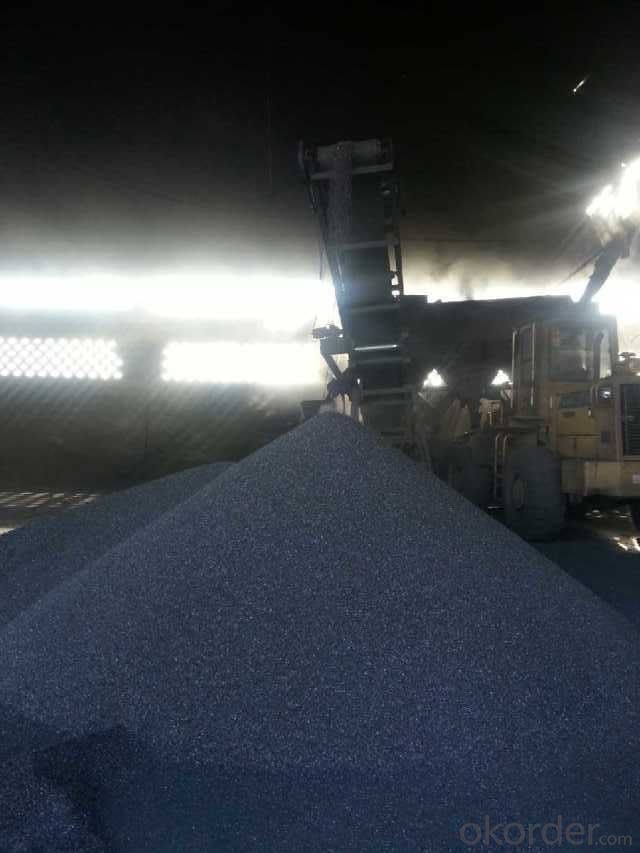


We can supply below furnace charges, please feel free to contact us if you areinterested in any of any of them:
Coke (Metallurgical, foundry, gas)
Calcined Anthracite with fixed carbon from 90% to 95%
- Q: Intend to go to the barbecue and 35 friends over the weekend, but because it is new, so I don't know how to put the carbon burning, found some web sites are also a few pens, see me confused......Hope which experienced friend to help enlighten me, the best to the specific point, thank you ah!
- The day before yesterday, I had a barbecue with my friends in the scenic spot. It seems that the staff in the barbecue area are using alcohol and newspapers and a little bit of firewood to catch fire
- Q: What are the consequences of increased carbon emissions on economic stability?
- Increased carbon emissions have significant consequences on economic stability. One of the most notable impacts is the exacerbation of climate change, leading to more frequent and severe natural disasters such as hurricanes, floods, and wildfires. These events result in immense economic damage, including the destruction of infrastructure, loss of property, and disruption of supply chains. Furthermore, the effects of climate change, driven by increased carbon emissions, also have long-term economic implications. Rising sea levels threaten coastal cities and industries, leading to the potential displacement of populations and loss of valuable assets. Extreme heatwaves and droughts can damage agricultural productivity, affecting food security and increasing prices. These climate-related disruptions can destabilize economies, particularly in vulnerable regions heavily reliant on agriculture or tourism. Additionally, efforts to mitigate and adapt to climate change, such as transitioning to cleaner energy sources and implementing climate policies, require significant financial investments. This can strain government budgets and divert resources away from other socio-economic priorities, potentially leading to reduced funding for education, healthcare, and infrastructure development. Moreover, the economic consequences of increased carbon emissions extend beyond immediate climate-related impacts. The reliance on fossil fuels as the primary source of energy contributes to volatile oil prices, which can disrupt global markets and impact economic stability. As the world moves towards a low-carbon economy, industries heavily dependent on fossil fuels may face significant challenges, leading to job losses and economic dislocation. In summary, increased carbon emissions have far-reaching consequences on economic stability. The resulting climate change leads to more frequent and severe natural disasters, causing substantial economic damage. Furthermore, the need to respond to climate change through mitigation and adaptation efforts can strain government budgets and divert resources away from other essential sectors. Lastly, the reliance on fossil fuels contributes to volatile oil prices and poses long-term risks to industries tied to these resources. Addressing carbon emissions is crucial for safeguarding economic stability and promoting sustainable growth.
- Q: How does carbon impact the availability of clean transportation?
- Carbon impacts the availability of clean transportation through its contribution to greenhouse gas emissions. Carbon dioxide (CO2) is a major greenhouse gas responsible for climate change, and the burning of fossil fuels in traditional transportation systems releases significant amounts of CO2 into the atmosphere. This has led to the urgent need for cleaner alternatives in the transportation sector. Clean transportation options, such as electric vehicles (EVs) and hydrogen fuel cell vehicles, are designed to minimize carbon emissions. By utilizing electricity or hydrogen as the primary source of energy, these vehicles produce zero tailpipe emissions, significantly reducing the carbon footprint associated with transportation. However, the availability and adoption of these clean transportation solutions are directly impacted by carbon-related factors. One key factor is the energy infrastructure required to support clean transportation. Electric vehicles, for example, rely on charging stations and a reliable power grid. The production of clean electricity from renewable sources, such as solar and wind, is crucial to ensure that EVs are truly emission-free. Therefore, the carbon intensity of the electricity grid plays a vital role in determining the environmental impact of electric transportation. Furthermore, the availability of carbon-neutral fuels is another important aspect. Hydrogen fuel cell vehicles, which convert hydrogen into electricity to power the vehicle, require a readily available and sustainable source of hydrogen. Currently, most hydrogen is produced from natural gas, which generates CO2 emissions during the production process. However, advancements in technologies like electrolysis, which uses renewable electricity to split water into hydrogen and oxygen, are paving the way for carbon-free hydrogen production. Additionally, carbon pricing and policies also impact the availability of clean transportation. By putting a price on carbon emissions, governments and organizations incentivize the adoption of low-carbon transportation options. This can lead to increased investment in clean transportation infrastructure, research, and development, ultimately driving the availability and affordability of clean transportation solutions. In conclusion, carbon emissions from traditional transportation systems have necessitated the development and availability of clean transportation alternatives. Factors such as the energy infrastructure, availability of carbon-neutral fuels, and supportive policies all influence the availability and accessibility of clean transportation. By addressing carbon impacts, we can accelerate the transition to a more sustainable and environmentally-friendly transportation system.
- Q: How are fossil fuels formed from carbon?
- Fossil fuels are formed from carbon through a natural process that takes millions of years. The process begins with the remains of plants and animals that lived millions of years ago. These remains, which contain carbon, get buried under layers of sediment in oceans, swamps, and other bodies of water. Over time, the pressure from the layers of sediment and the heat from the Earth's crust cause a process called diagenesis to occur. During diagenesis, the organic matter in the remains undergoes chemical changes, transforming it into a substance known as kerogen. As more layers of sediment continue to accumulate, the temperature and pressure increase further. Eventually, the kerogen undergoes a process called catagenesis, where it is heated to even higher temperatures. This causes the kerogen to break down and transform into liquid and gaseous hydrocarbons, which are the main components of fossil fuels. The liquid hydrocarbons form what is known as crude oil or petroleum, while the gaseous hydrocarbons form natural gas. Both of these fossil fuels can be extracted from the Earth's crust through drilling. In summary, fossil fuels are formed from carbon through a complex and lengthy process involving the burial, pressure, and heat of organic matter over millions of years. This process transforms the carbon-rich remains into hydrocarbons, which become the valuable resources that we use as fossil fuels today.
- Q: 15CrMo seamless steel tube and carbon plate welding fracture what is the reason?
- Possible causes:1. the choice of welding material must be high strength than carbon plate, plastic is better than 15CrMo. Selection may not be based on the welding principle of heterogeneous steel for material selection.2. there is no proper welding procedure.2. preheating is not enough before welding.
- Q: What is the difference between soil organic matter and soil organic carbon?
- Usually we measured is organic carbon, and then multiplied by 1.724 is organic matter.
- Q: Material characteristics of carbon fiber
- Carbon fiber is a kind of new material with excellent mechanical properties due to its two characteristics: carbon material, high tensile strength and soft fiber workability. The tensile strength of carbon fiber is about 2 to 7GPa, and the tensile modulus is about 200 to 700GPa. The density is about 1.5 to 2 grams per cubic centimeter, which is mainly determined by the temperature of the carbonization process except for the structure of the precursor. Generally treated by high temperature 3000 degrees graphitization, the density can reach 2 grams per cubic mile. Coupled with its weight is very light, it is lighter than aluminum, less than 1/4 of steel, than the strength of iron is 20 times. The coefficient of thermal expansion of carbon fiber is different from that of other fibers, and it has anisotropic characteristics. The specific heat capacity of carbon fiber is generally 7.12. The thermal conductivity decreases with increasing temperature and is negative (0.72 to 0.90) parallel to the fiber direction, while the direction perpendicular to the fiber is positive (32 to 22). The specific resistance of carbon fibers is related to the type of fiber. At 25 degrees centigrade, the high modulus is 775, and the high strength carbon fiber is 1500 per centimeter.
- Q: How are carbon-based polymers synthesized?
- Carbon-based polymers are synthesized through a process known as polymerization. This involves the chemical reaction of monomers, which are small molecules, to form long chains of repeating units, known as polymers. Carbon-based polymers, also known as organic polymers, are composed of carbon atoms bonded together in a backbone structure. There are various methods for synthesizing carbon-based polymers, but the most common one is called addition polymerization. In this process, monomers with unsaturated carbon-carbon double bonds, such as ethylene or propylene, undergo a reaction called addition polymerization. This reaction is initiated by a catalyst, which can be heat, light, or a chemical initiator, and it causes the monomers to join together, forming a polymer chain. Another method for synthesizing carbon-based polymers is condensation polymerization. In this process, two different types of monomers react with each other, eliminating a small molecule, such as water or alcohol, as a byproduct. The remaining monomers then continue to react, forming a polymer chain. Examples of polymers synthesized through condensation polymerization include polyesters and polyamides. In addition to these methods, there are also other techniques used to synthesize carbon-based polymers, such as ring-opening polymerization, which involves the opening of cyclic structures to form linear polymer chains, and step-growth polymerization, which involves the reaction of two or more monomers with reactive end groups. Overall, the synthesis of carbon-based polymers involves the combination of monomers through various chemical reactions to form long chains of repeating units. These polymers have a wide range of applications in industries such as plastics, textiles, and electronics, due to their desirable properties such as strength, flexibility, and thermal stability.
- Q: Is there a line cutting of carbon fibers?
- Having the cutting of carbon fibers by wire cutting.Carbon fiber products: carbon fiber reinforced one-way plate, the molding process is to impregnated the carbon fiber resin in the mold curing and continuous pultrusion. Using high quality carbon fiber material and good basic resin, carbon fiber board has good tensile strength, corrosion resistance, seismic resistance, impact resistance and other good performance.The carbon fiber unidirectional plate can give full play to the strength and the elastic modulus of the carbon fiber, and can avoid the resin curing stage of the carbon fiber unidirectional fabric during construction, and has high strength utilization efficiency and convenient construction.
- Q: What are the different types of carbon-based composites?
- There exist various carbon-based composites, each possessing distinct properties and applications. Some commonly encountered types encompass carbon fiber reinforced polymers (CFRPs), carbon nanotube composites, and carbon fiber reinforced ceramics. Among these, CFRPs stand as the most renowned and extensively employed carbon-based composites. They feature carbon fibers embedded within a polymer matrix, such as epoxy resin. CFRPs exhibit a lightweight nature, coupled with exceptional strength and rigidity, rendering them ideal for industries where weight reduction and high strength prove essential, such as aerospace, automotive, and sporting goods. Carbon nanotube composites represent another category of carbon-based composites that have garnered substantial attention in recent years. Carbon nanotubes possess cylindrical structures comprising carbon atoms arranged in a hexagonal lattice. Upon incorporation into composite materials, they bolster mechanical, thermal, and electrical properties. Carbon nanotube composites hold potential applications across fields like electronics, energy storage, and structural materials. Carbon fiber reinforced ceramics combine the superior strength and rigidity of carbon fibers with the exceptional ability to resist high temperatures exhibited by ceramics. These composites widely find use in industries necessitating materials capable of withstanding extreme temperatures, such as aerospace, defense, and nuclear sectors. Carbon fiber reinforced ceramics offer an excellent balance encompassing strength, thermal stability, and low weight. Additional types of carbon-based composites encompass carbon fiber reinforced metals, wherein carbon fibers are embedded within a metal matrix, and graphene composites, which incorporate graphene sheets into a polymer or metal matrix. These composites offer distinct properties like high electrical conductivity, thermal stability, and mechanical strength, unveiling possibilities for applications in areas like electronics, energy storage, and structural materials. On the whole, carbon-based composites present a wide array of properties and applications, rendering them indispensable materials within various industries requiring lightweight, strong, and durable substances.
Send your message to us
FC 95% Carbon additive
- Loading Port:
- China Main Port
- Payment Terms:
- TT OR LC
- Min Order Qty:
- -
- Supply Capability:
- -
OKorder Service Pledge
OKorder Financial Service
Similar products
Hot products
Hot Searches
